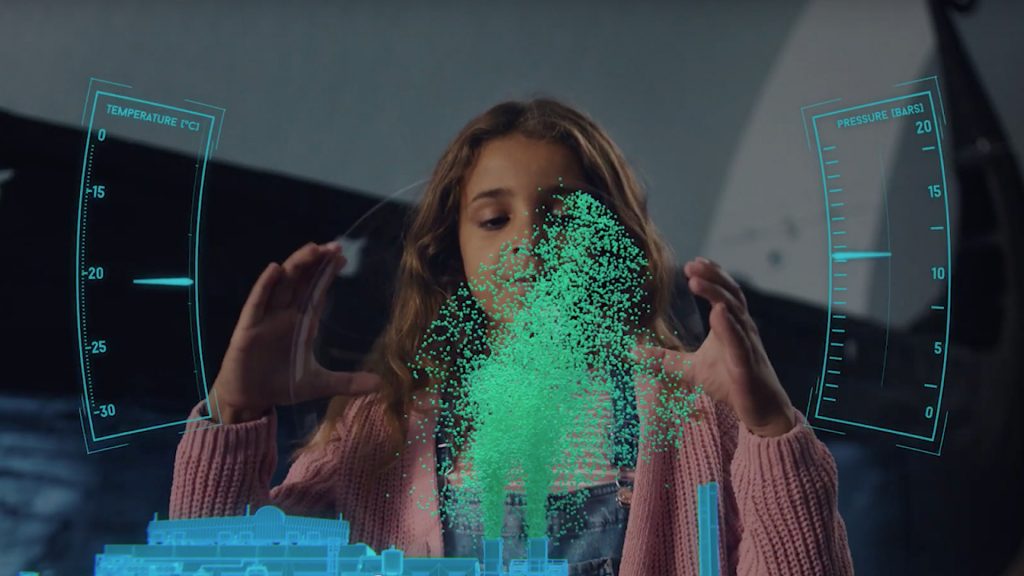Innovative Precipitating Solvent Process for Carbon dioxide removal from various Gas Sources (INSPIRE)
Budget
18.3 MNOKCLIMIT Financing
58.5%Project number
616189Project partners
- • SINTEF
- • Westec Environmental Solutions, LLC (USA)
- • CMC Research Institutes, Inc. (Canada)
Project leader
SINTEFProject period
03/2017-10/2019Granted
18/10/2016Background and project purpose:
Phase-changing, solvent systems is one of the emerging post combustion technologies with potential to significantly reduce cost. Several studies have proposed different precipitating phase-change systems for CO2 capture.
Most of the proposed precipitating process technologies must deal with crystallization and slurry concentration/filtration unit; since precipitation is not allowed during absorption due to potential clogging problems; this in general adds to the process complexity. On the other hand, in-absorber crystallization has been identified as a key in having the full benefit of a precipitating absorption process. A process that allows precipitation in the absorber during absorption without clogging issues will achieve very high loadings, it will eliminate extra process units resulting in a more simplified precipitating process. The reduced complexity will also reduce capital cost. Further this technology offers possibility for utilization of industrial waste/low grade heat for CO2 capture purposes.
The purpose of INSPIRE project is then to demonstrate a precipitating process that allows precipitation during absorption using a novel fast reacting precipitating absorbent patented by SINTEF and a novel precipitating contactor from WES that offers the possibility for waste heat utilization.
In the CLIMIT Demo project, INSPIRE , the international collaboration between research bodies SINTEF and CMC Research Institutes (Canada) with technology vendor WES (USA) was established to facilitate a combined technology development effort constituting three countries over different continents, to jointly collaborate towards a further development of the technology towards commercial scale while research infrastructure and scientific expertise is developed.
What was the project objective:
The objectives of this international collaborative effort were:
1. To develop a novel integrated solvent-contactor solution for a precipitating phase-change CO2 capture process for lower cost and minimal environmental impact capture through extensive pilot plant demonstrations.
2. To develop the required operational and technical expertise to run this next generation technology, and
3. To provide an integrated solvent-contactor process ready to be tested at larger scale pilot plant (such as TCM, NCCC or mobile test unit) at designated site thus create pathway for future upscaling to commercial operation.
This project strengthened infrastructure for future use and developed scientific knowledge in collaboration with an international research centre, CMC/CCCI with a technology vendor, WES.
What has been done in terms of activities:
1. Precipitating solvent optimization: The main focus for the work was on optimization of precipitating solvent system with regard to absorption rate and CO2 capacity. Important data of the optimized solvent necessary for process modelling and scaling up, were measured, this include thermo-physical properties (density, viscosity, surface tension, heat capacity), solvent volatility, equilibrium solubility of CO2 in a precipitating system and heat of CO2 absorption. Further solvent stability campaign was carried out in the solvent degradation rig.
A new and improved precipitating absorption solvent (PAS) was formulated.
2. Process modelling and simulation: Model for vapor-liquid-solid equilibrium (VLSE) was fitted to the experimental VLE data generated in solvent optimization activity. Two methods are used for model fitting of experimental data; the SOFT strategy and 3D interpolation method. The two VLSE methods and initial property models are implemented in CO2SIM. First version of model implementation is running in CO2SIM.
3. Pilot plant demonstration: Two pilot plant demonstration campaigns were carried out at SINTEF/NTNU Gløshaugen labpilot
• A slurry handling unit was designed, fabricated and installed in the SINTEF/NTNU Gløshaugen labpilot plant. This slurry handling unit was further upgraded with a compact precipitating absorber, designed and built by WES.
• A first preliminary labpilot demonstration of precipitating CO2 capture process was carried out with SINTEF precipitating absorbent, PAS6 operated in a packed column and a plate column arranged in series.
• A second labpilot demonstration of precipitating CO2 capture process was carried out with PAS6 solvent operated with a packed absorber column and the WES absorber arranged in series.
• In these two campaigns, in-absorber solvent precipitation during CO2 absorption was demonstrated. A significant first-hand science, engineering and operational experience on the design and operation of in-absorber solvent precipitation during CO2 capture were gained.
4. Contactor Optimization: Two replicate WES contactors were designed, optimized and fabricated at WES facility in Hawaii and one shipped to Trondheim for testing at SINTEF/NTNU Labpilot, while the second was used for testing in the WES Laboratory in Hawaii. In the WES contactor, internals of packed column are replaced with “froth” formed by the internals of the WES column.
The internals are designed to maximize a phenomenon called solvent pulsing while maintaining low pressure drop. Key feature of the design is a two section internals strategy which generates pulses in the top section and effectively propagates them in the bottom section. Screens were optimized for the generator section, spacer width and propagator sections of the column.
5. Integration and upscale design: The conceptual designs for Tiller slurry handling unit was initiated.
6. Accomplishments:
a. Nin deliverables
b. For publications
c. Decision criteria for the next stage, Stage 2, fulfilled.
Future plans:
The CO2 capture technology concept under demonstration in the INSPIRE project remains of interest with potential for significant energy reduction. This technology also offers opportunity for waste/low grade heat utilization in the process industry. SINTEF will continue to look out for opportunities to continue the development/demonstration of this patented technology through engaging suitable partners and finding suitable funding opportunities in order to complete the stage 2 of this project and creating the pathway for the next phase of the technology development.


